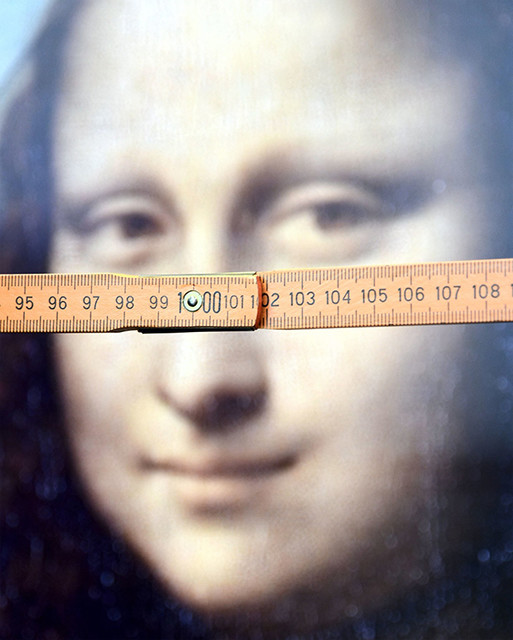Fake views? Study claims there's no ‘Mona Lisa effect’ in Da Vinci's masterpiece
In a revelation that may shock art aficionados and pub quiz enthusiasts alike, the painting that inspired the ‘Mona Lisa Effect’, that strange feeling that the eyes are following you around the room, does not actually possess it.
“People are very good at gauging whether or not they are being looked at by others. Perceptual psychology demonstrated this in the 1960s,” says Professor Dr. Gernot Horstmann, a specialist in eye movement and attention, and one of two researchers behind the damning revelations published in the journal I-Perception.
Horstmann explains that if the subject of a photograph or painting is looking straight ahead out of the image, at an angle of 0 degrees, then the proper ‘Mona Lisa effect’ is achieved. Even an outward viewing angle of, say, five degrees can still produce similar results.
“The effect itself is undeniable and demonstrable,” says Sebastian Loth, co-author of the findings. “But with the Mona Lisa, of all paintings, we didn’t get this impression.”
In their study, 24 participants were asked to look at an image of the world famous 16th-century oil painting on a computer screen and judge where exactly she was looking.
A folding ruler was positioned between the monitor and the participants, who sat directly in front of the digital Mona Lisa at various distances representing image zoom of 30 to 70 percent in increments of 10 percent. As they changed position, the participants would indicate at which point along the ruler they perceived the Mona Lisa to be gazing.

To further hone in on the infamous gaze, the researchers used 15 different sections from the portrait, beginning with the entire head before narrowing down to just the eyes and nose, with each image shown a total of three times in a randomized order.
ALSO ON RT.COMDa Vinci code cracked: Master painter easel-y created great art due to eye problem - study
At the midway point of the examination, the researchers also shifted the position of the ruler relative to the participants, producing a total of 2,000 assessments of the ‘Mona Lisa effect’ produced by the very painting that gave it its name.
The result: Da Vinci’s masterpiece is actually gazing about 15.4 degrees to the viewer’s right-hand side. In other words, ironically enough, the Mona Lisa doesn’t actually possess the effect.
“Thus, it is clear that the term ‘Mona Lisa Effect’ is nothing but a misnomer. It illustrates the strong desire to be looked at and to be someone else’s centre of attention—to be relevant to someone, even if you don’t know the person at all,” says Horstmann.

0 Comments:
Post a Comment
Subscribe to Post Comments [Atom]
<< Home